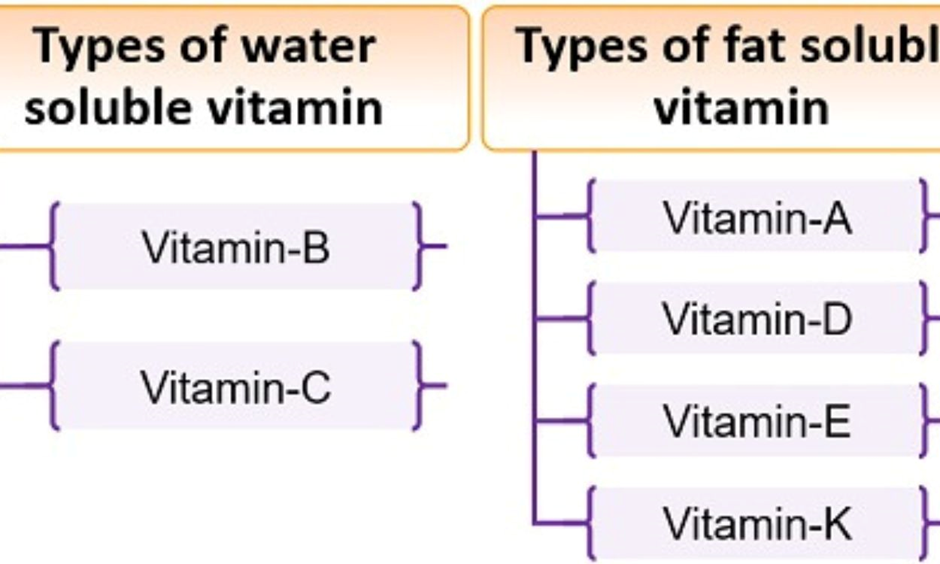A nurse is caring for a client who has gestational diabetes and reports feeling shaky, sweaty, and having blurred vision. The client's blood glucose level is 48 mg/dL. Which of the following foods should the nurse give to the client? (Select all that apply).
1 tbsp honey
5 hard candies
240 mL regular soda
120 mL unsweetened fruit juice
120 mL milk
Correct Answer : A,B,D
A. 1 tbsp honey: Honey is a quick source of glucose and is an appropriate choice to raise blood sugar rapidly during hypoglycemia.
B. 5 hard candies: Hard candies containing sugar can provide a quick source of glucose and are suitable for treating hypoglycemia.
C. 240 mL regular soda might provide 20 to 30 grams of carbohydrates, which could be too much and may lead to a rebound hypoglycemia after the initial correction of blood glucose levels.
D. 120 mL unsweetened fruit juice: Unsweetened fruit juice provides a quick source of glucose, which is essential for rapidly raising blood sugar levels in a hypoglycemic patient. The sugar in the juice is readily absorbed into the bloodstream, helping to counteract the effects of low blood sugar. It's important to choose unsweetened juice to avoid a sudden spike in blood sugar followed by another drop.
E. 120 mL milk: Milk contains lactose, a natural sugar, but it also contains protein and fat, which can slow down the absorption of sugar into the bloodstream. Therefore, it may not be as effective in rapidly raising blood sugar levels during an episode of hypoglycemia.
Nursing Test Bank
Naxlex Comprehensive Predictor Exams
Related Questions
Correct Answer is B
Explanation
A. Vitamin A:
Solubility: Fat-soluble, not water-soluble.
Explanation: Vitamin A is a fat-soluble vitamin.
B. Vitamin C:
Solubility: Water-soluble.
Explanation: Vitamin C is water-soluble and plays a crucial role in collagen synthesis, immune function, and antioxidant activity.
C. Vitamin E:
Solubility: Fat-soluble, not water-soluble.
Explanation: Vitamin E is a fat-soluble vitamin with antioxidant properties.
D. Vitamin D:
Solubility: Fat-soluble, not water-soluble.
Explanation: Vitamin D is a fat-soluble vitamin that plays a key role in calcium absorption and bone health.

Correct Answer is B
Explanation
A. BUN (Blood Urea Nitrogen):
Explanation: BUN is a measure of kidney function and hydration status. It is not typically elevated in response to a localized infection like a pressure ulcer.
B. WBC count (White Blood Cell count):
Explanation: An elevation in the WBC count is a common indicator of infection. Increased white blood cells suggest the body's immune response to an infection.
C. Potassium:
Explanation: Potassium levels are not typically used to indicate the presence of infection. Elevated potassium may be seen in conditions affecting kidney function.
D. RBC count (Red Blood Cell count):
Explanation: The RBC count is not a specific marker for infection. It is more related to issues such as anemia or oxygen-carrying capacity.
Whether you are a student looking to ace your exams or a practicing nurse seeking to enhance your expertise , our nursing education contents will empower you with the confidence and competence to make a difference in the lives of patients and become a respected leader in the healthcare field.
Visit Naxlex, invest in your future and unlock endless possibilities with our unparalleled nursing education contents today
Report Wrong Answer on the Current Question
Do you disagree with the answer? If yes, what is your expected answer? Explain.
Kindly be descriptive with the issue you are facing.
